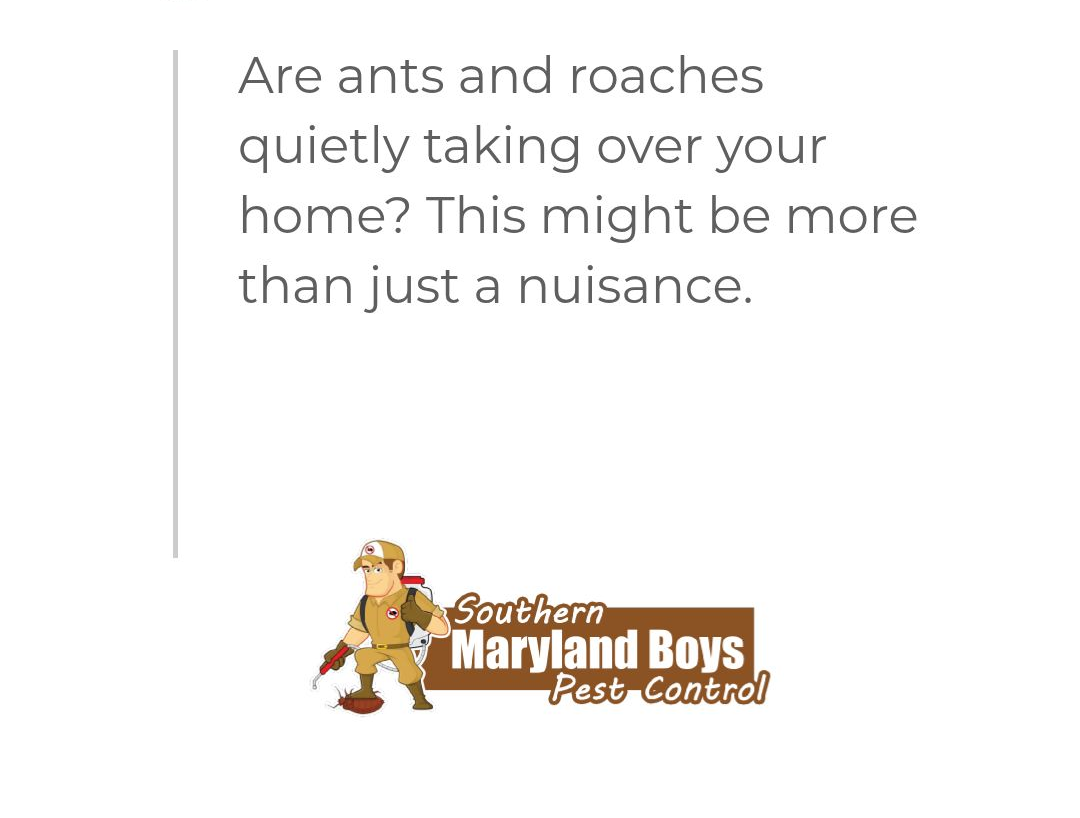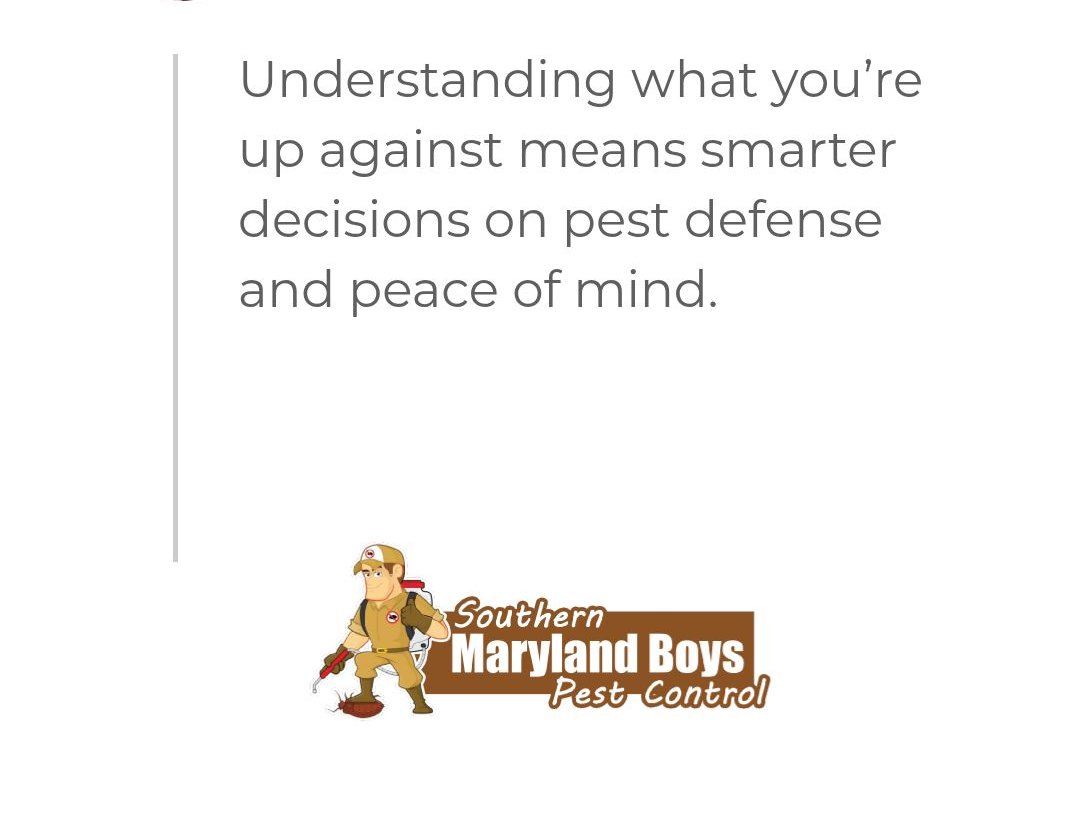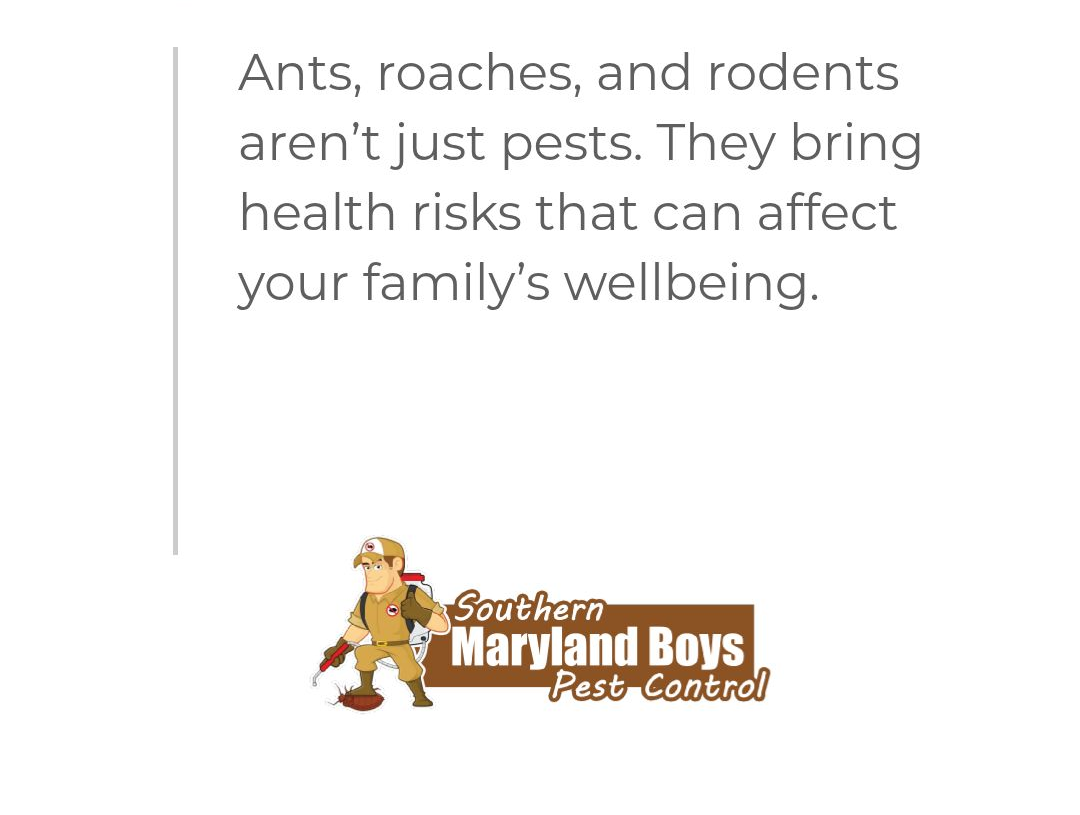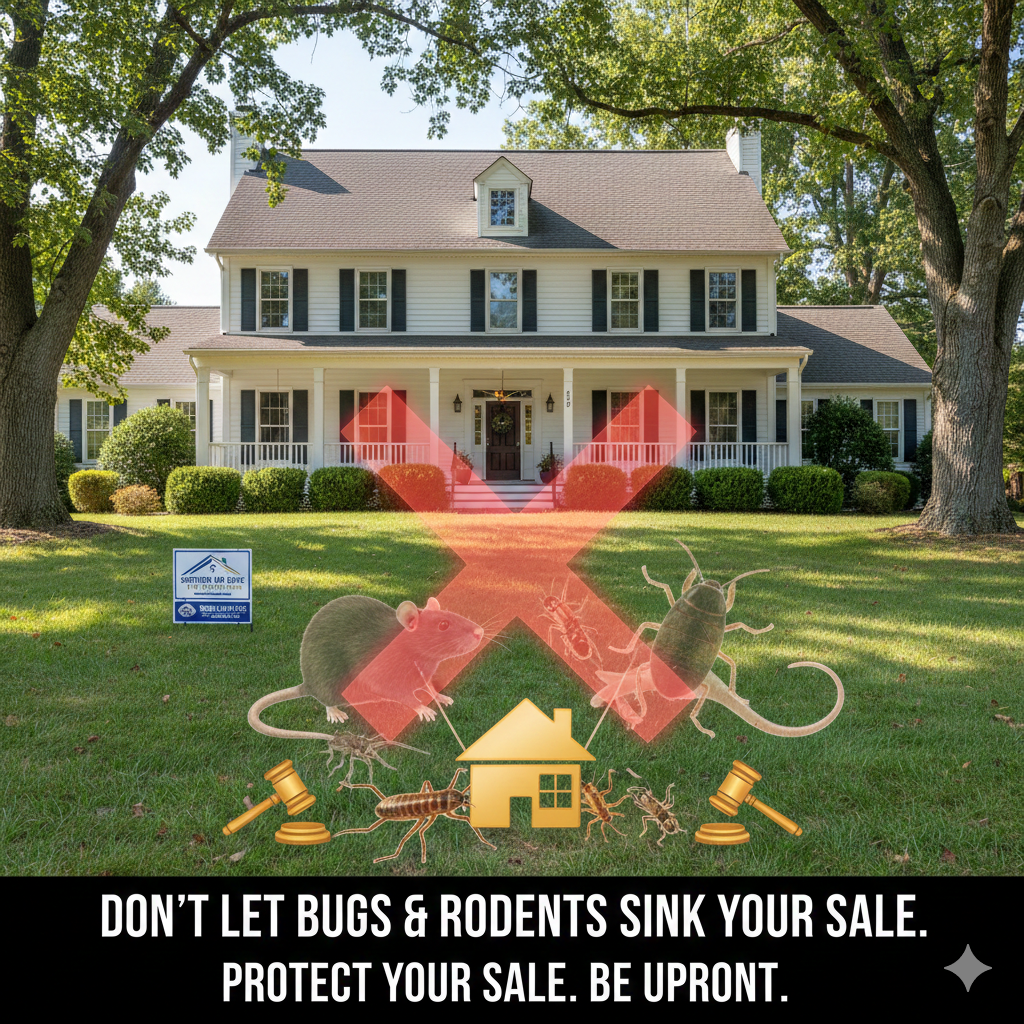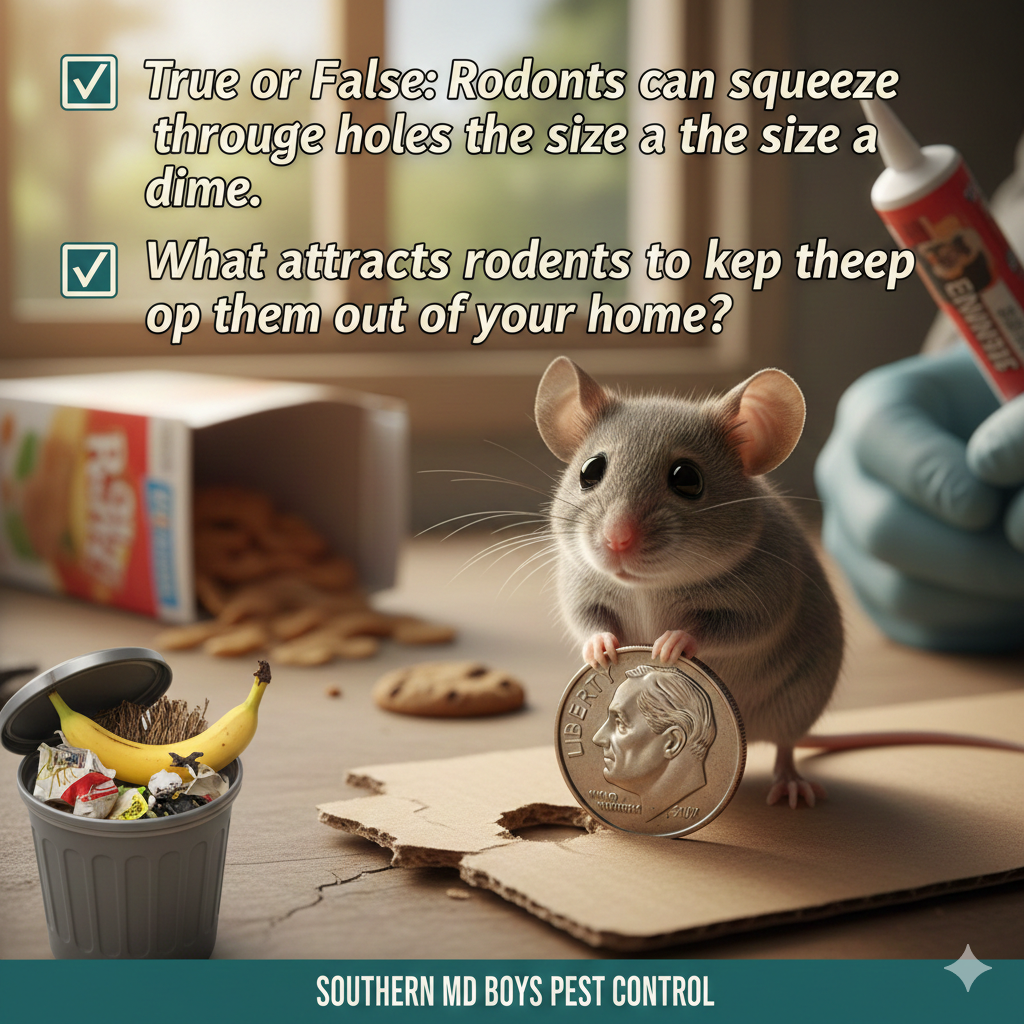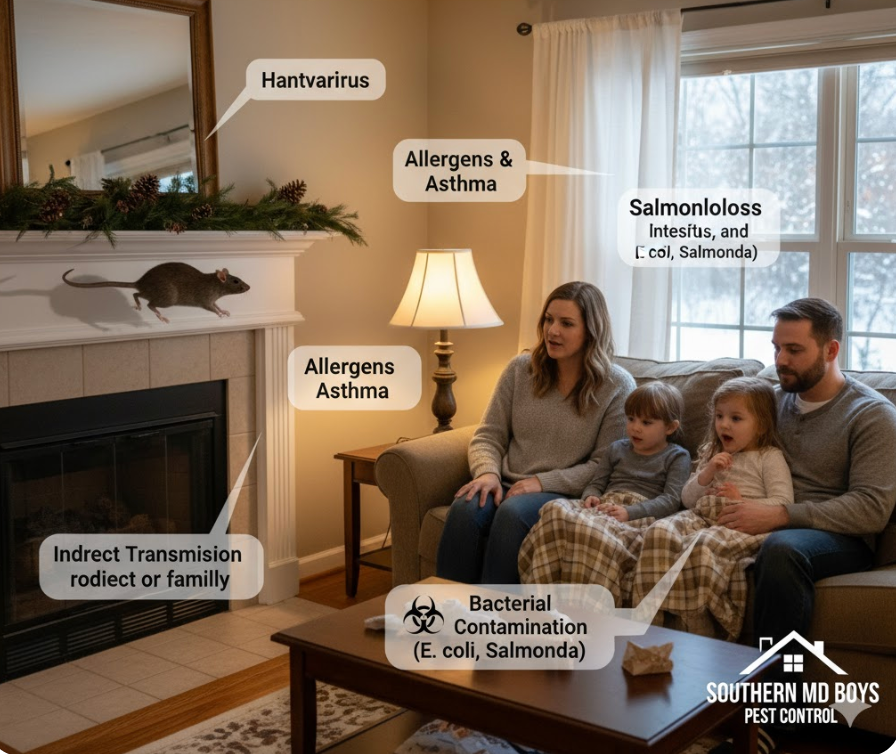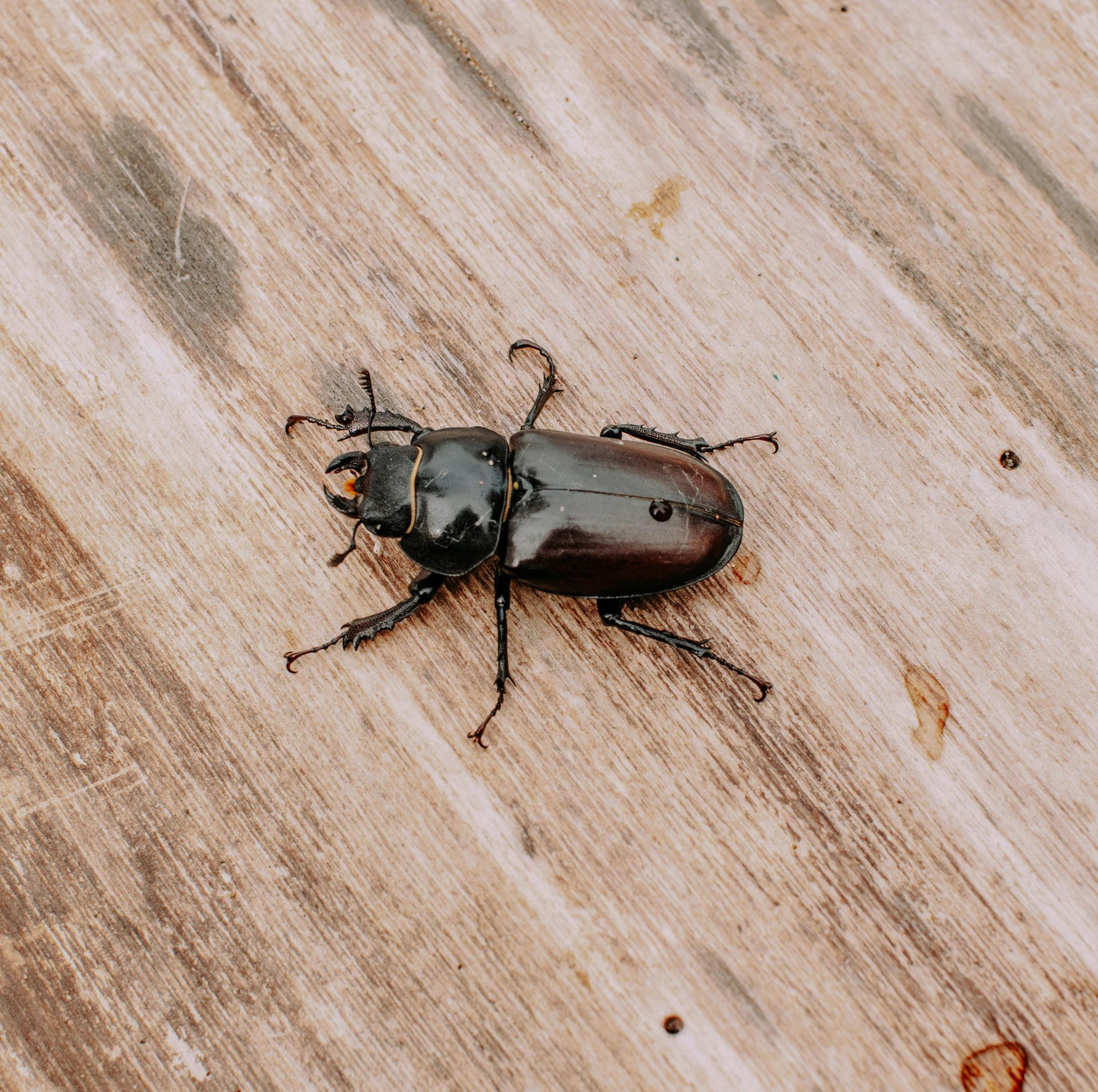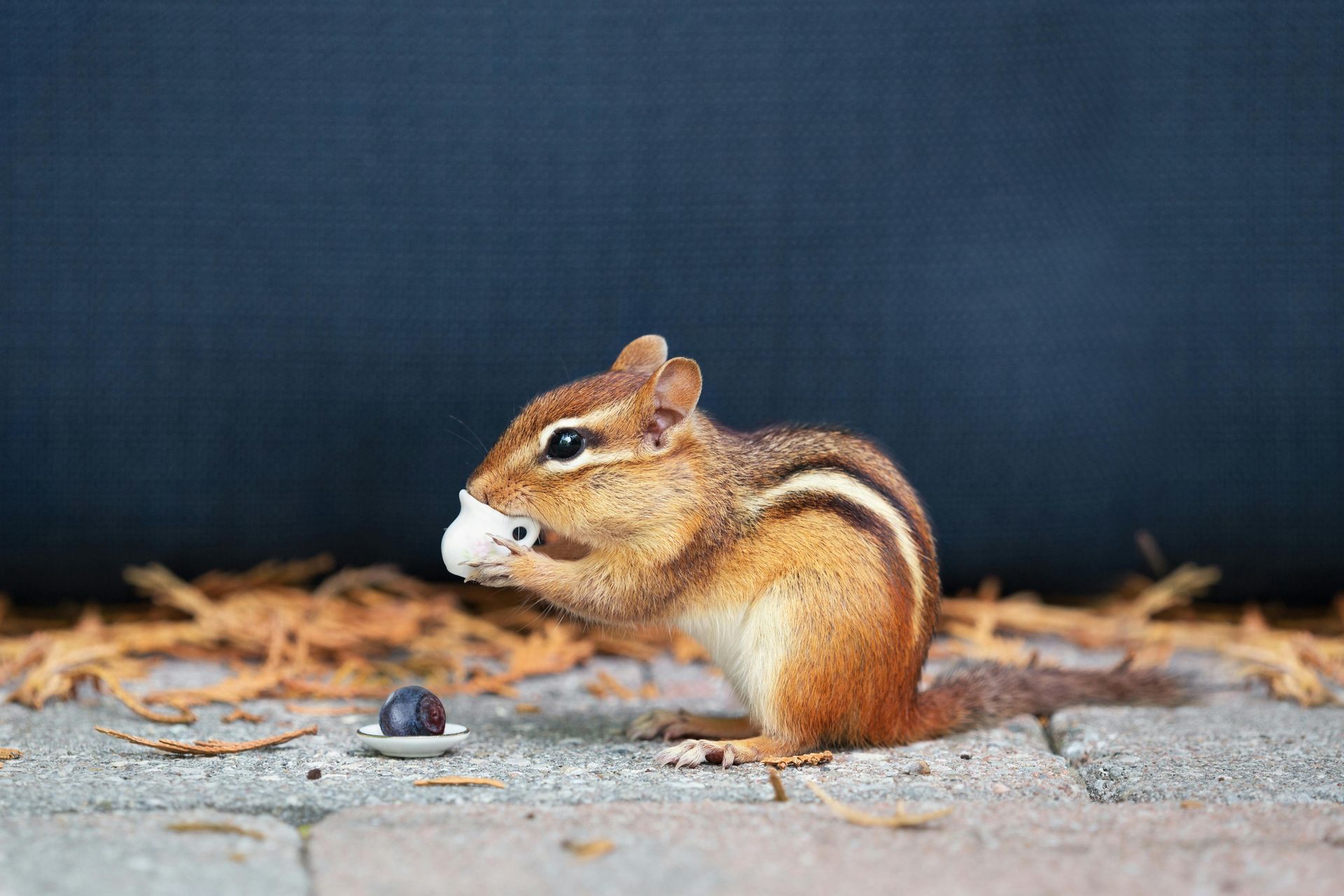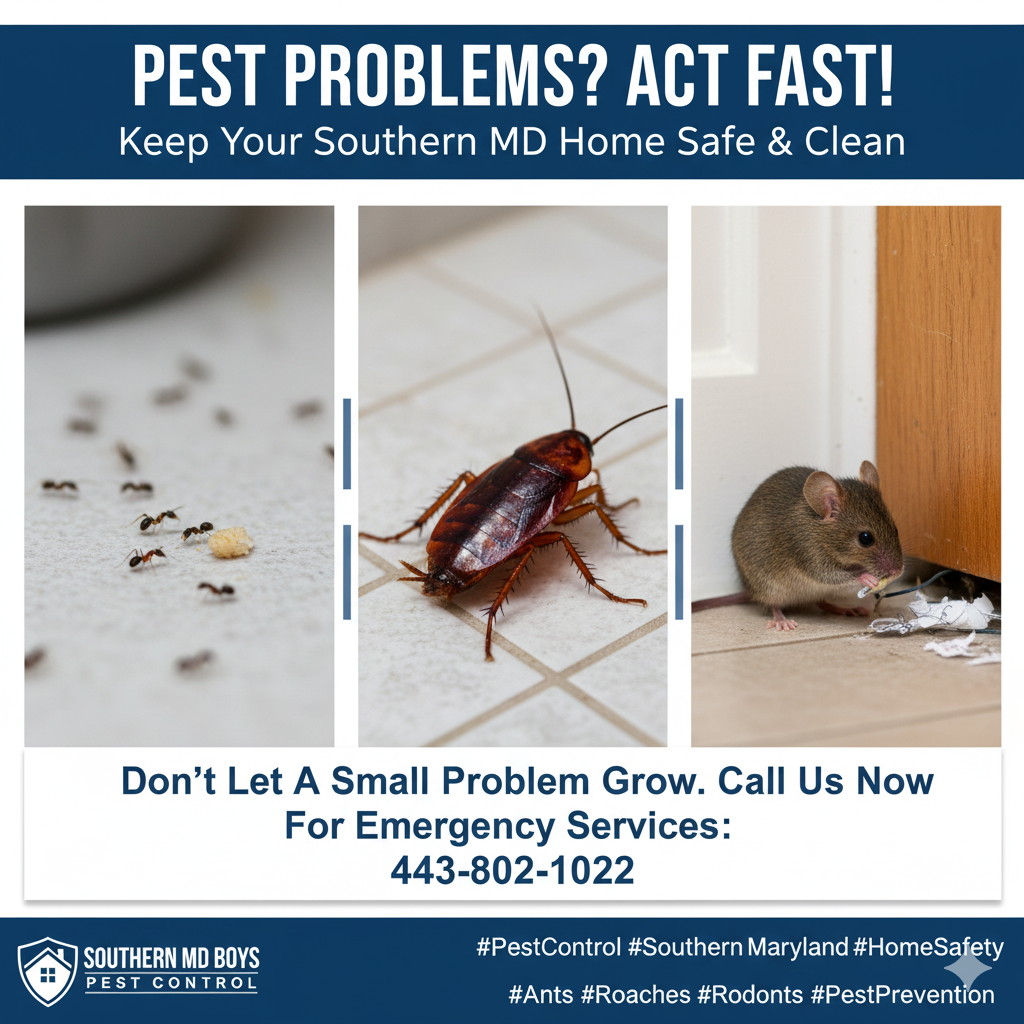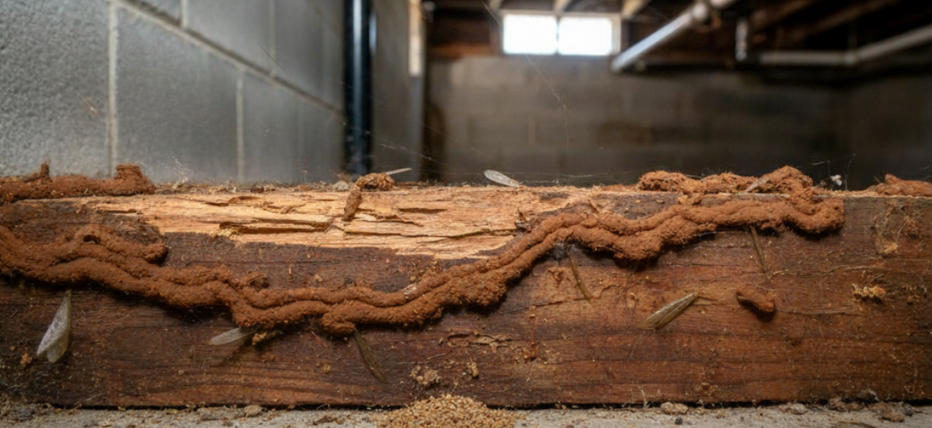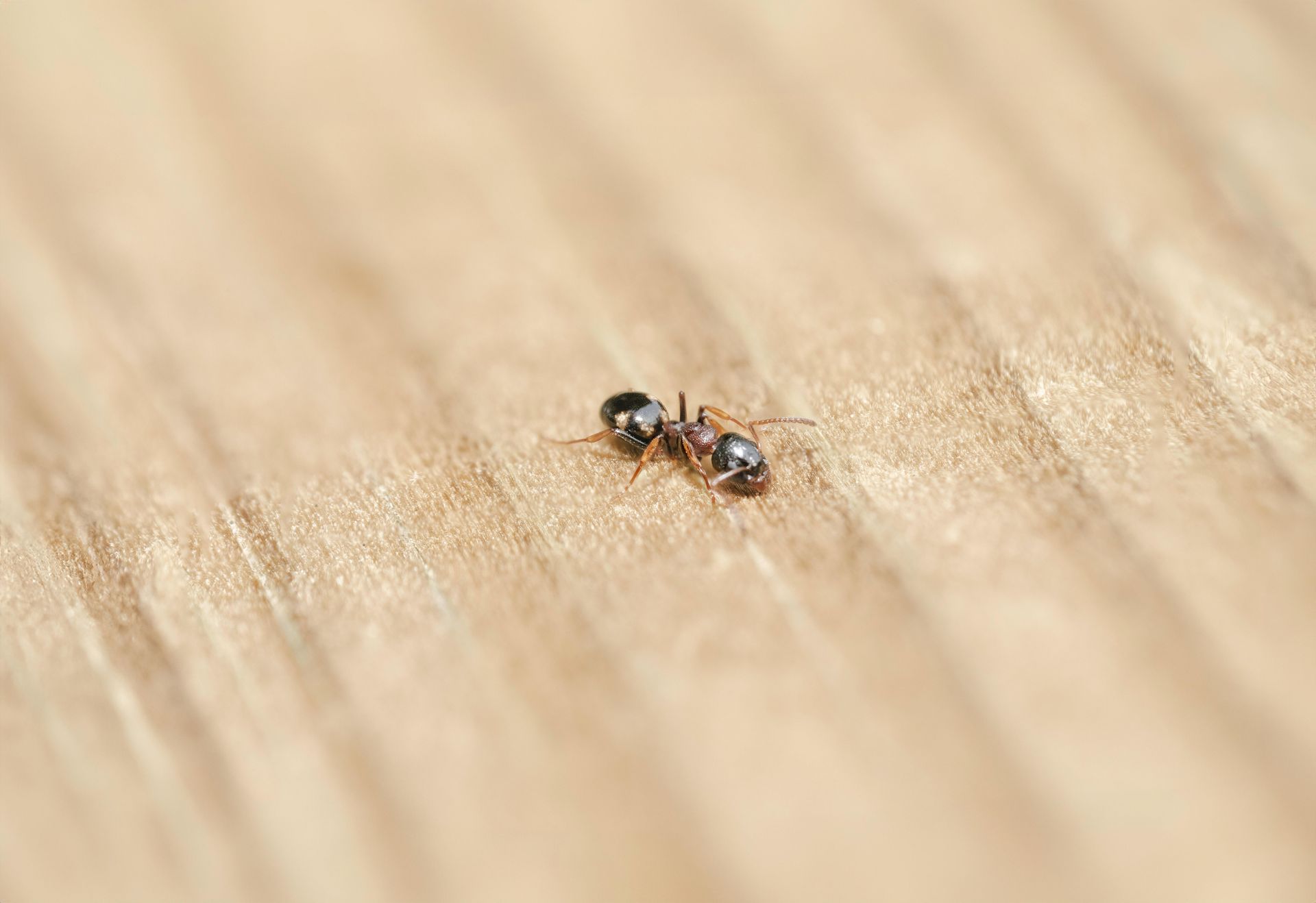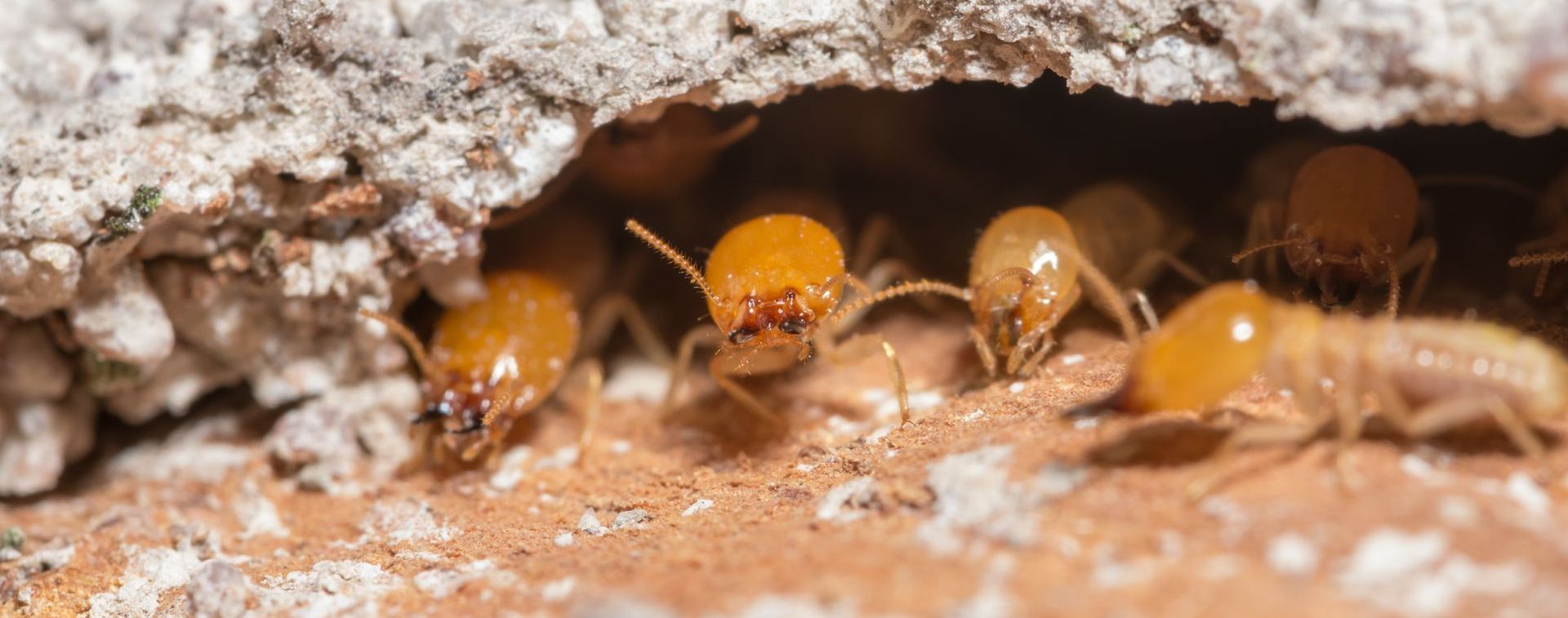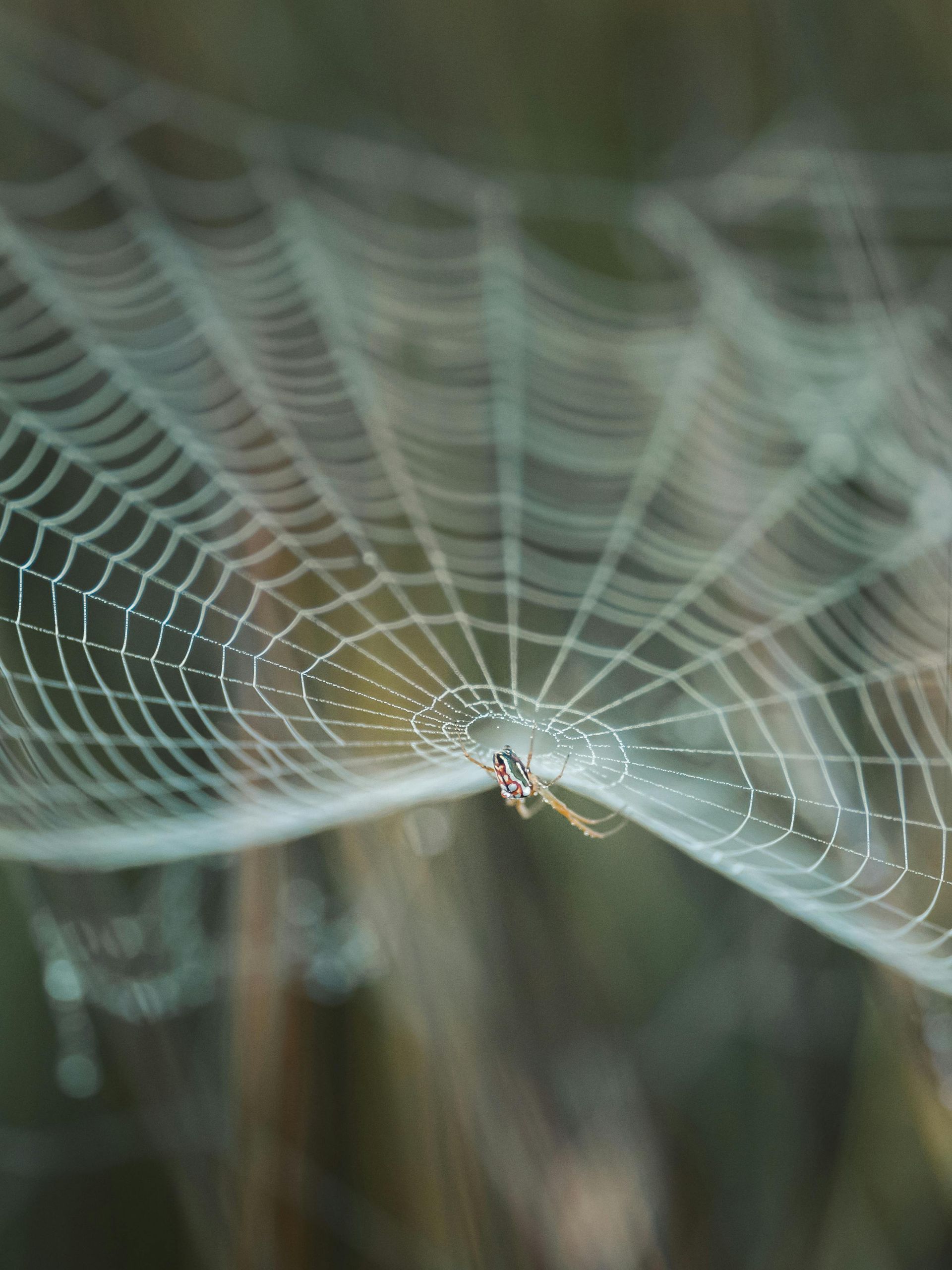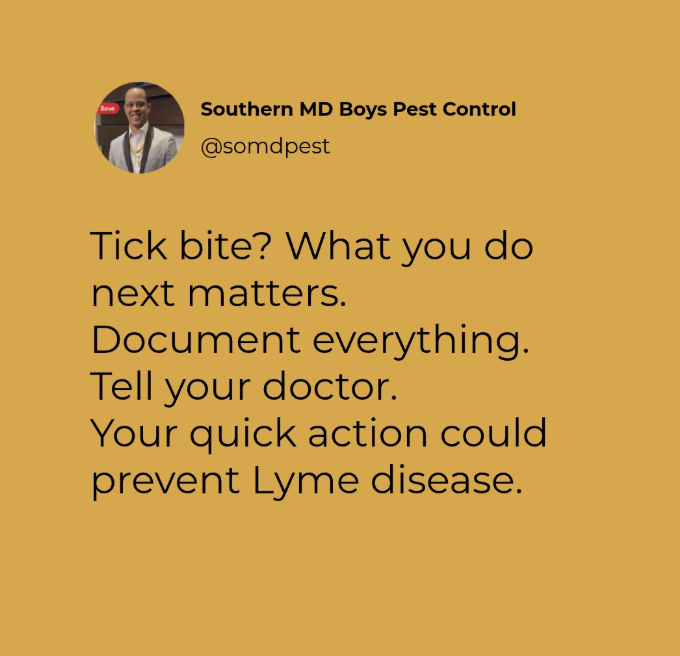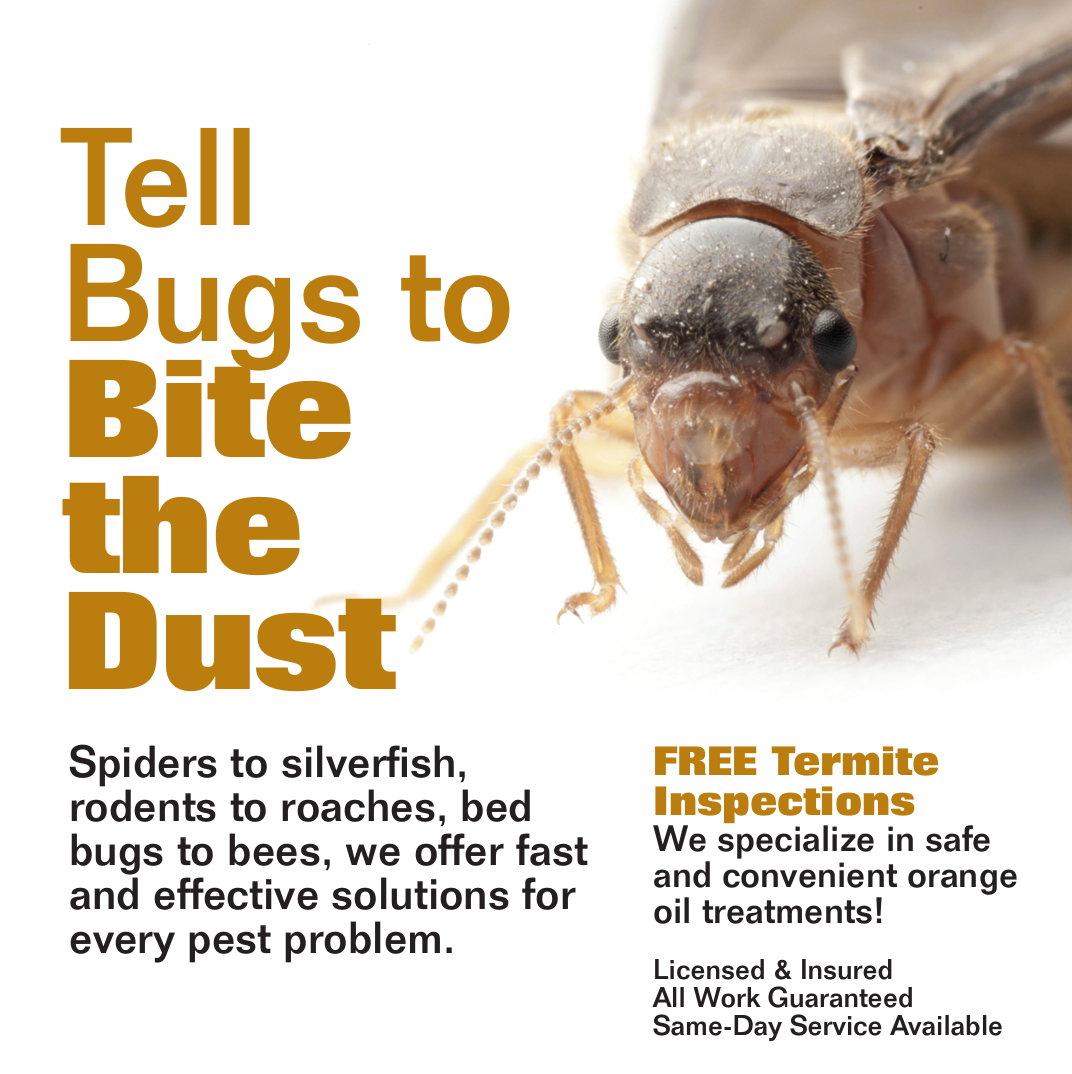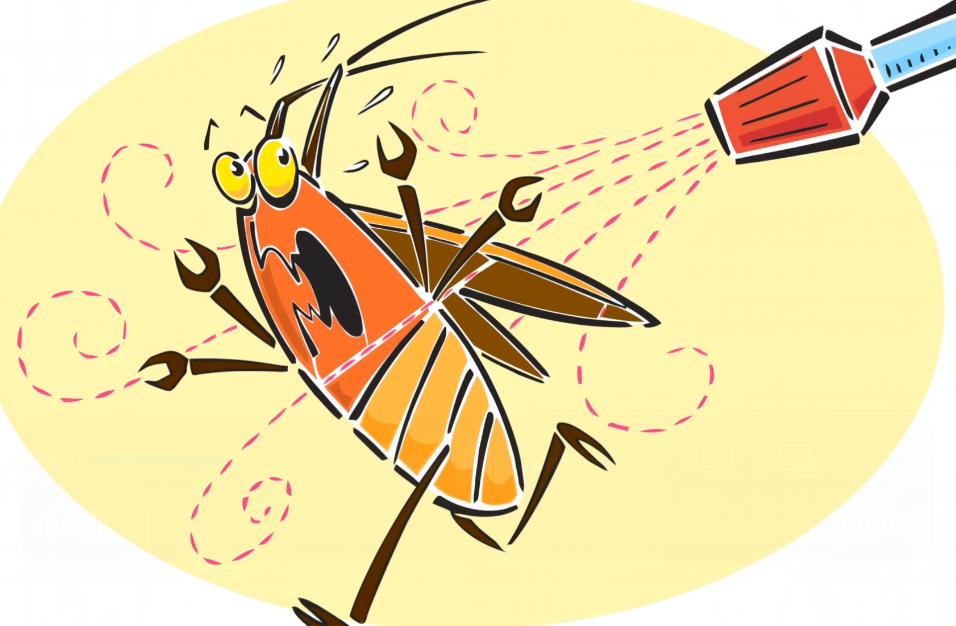Are bugs taking over your home?
Know Your Enemy: Smarter Pest Defense Starts with Understanding
Pests. Just the word can send shivers down your spine, whether you're battling a lone ant on your kitchen counter or a full-blown infestation in your garden. We all want to get rid of them, but often our approach is a reactive one: see a pest, spray a chemical, hope for the best.
This is a subtitle for your new post
What if there was a smarter, more effective way? There is, and it starts with a simple principle:
understanding the pests you're up against means smarter pest defense.
Think of it like any good strategy. You wouldn't go into a battle without knowing your opponent's strengths, weaknesses, and tactics, right? The same applies to pests. Identifying who they are, what attracts them, and how they behave is the most crucial first step towards truly effective and sustainable pest management.
Why Identification is Key
Imagine you're dealing with tiny black bugs in your pantry. Your immediate thought might be "ants!" and you reach for the ant killer. But what if they're actually weevils? Or even worse, cockroaches? Using the wrong treatment is not only ineffective, but it can also be a waste of time and money, and potentially introduce unnecessary chemicals into your home.
Here's why proper identification is so vital:
- Tailored Treatment: Different pests respond to different methods. What works for aphids on your roses won't touch a termite colony. Knowing the specific pest allows you to choose the most effective and targeted treatment, minimizing collateral damage and maximizing results.
- Breaking the Life Cycle: Many pests have distinct life cycles. Some lay eggs, others have larvae or pupae. Understanding these stages allows you to target them at their most vulnerable point, preventing future generations from emerging. For example, if you know you're dealing with fleas, treating both the adult fleas and their eggs/larvae in carpets is essential for eradication.
- Eliminating Attractants: Pests don't just show up randomly. They're looking for three things: food, water, and shelter. Once you identify the pest, you can often pinpoint what exactly is attracting them. Are they drawn to crumbs under the toaster? Standing water in a plant saucer? A leaky pipe? Removing these attractants is often the most powerful form of prevention.
- Understanding Entry Points: How are they getting in? Are there cracks in your foundation, gaps under doors, or torn window screens? Knowing the pest helps you anticipate their typical entry methods and seal them off, creating a more robust barrier.
- Preventive Measures: Once you know what pests are common in your area or what conditions might invite them, you can take proactive steps. This could mean regular gutter cleaning to prevent mosquito breeding, storing food in airtight containers to deter pantry pests, or ensuring proper ventilation to reduce moisture-loving insects.
Beyond the Bug Spray: Integrated Pest Management (IPM)
This approach of understanding your enemy is the cornerstone of Integrated Pest Management (IPM). IPM is an ecological approach that focuses on long-term prevention of pests through a combination of techniques, including:
- Cultural Controls: Modifying your environment to make it less hospitable to pests (e.g., proper sanitation, crop rotation in gardens).
- Physical Controls: Barriers, traps, and exclusion methods (e.g., sealing cracks, using window screens).
- Biological Controls: Using natural enemies like beneficial insects to control pest populations.
- Chemical Controls: Using pesticides as a last resort, and only targeted, low-toxicity options when necessary.
How to Get Started with Pest Identification
You don't need to be an entomologist to identify common pests. Here are some simple steps:
- Observe Closely: Get a good look at the pest. Note its size, shape, color, number of legs, and any distinctive markings.
- Location, Location, Location: Where did you find it? In the kitchen, bathroom, garden, attic? This provides crucial clues.
- Look for Clues: Are there droppings, gnaw marks, webs, or damaged plants? These signs can help confirm your suspicions.
- Use Resources:
- Online Guides: Many university extension services and pest control companies have excellent online identification guides with photos.
- Apps: There are even apps that can help you identify insects from a photo.
- Local Experts: Don't hesitate to consult with a local pest control professional or your county extension office if you're stumped. They have the expertise and tools to accurately identify even the trickiest pests.
Take the time to understand the pests you're encountering. It’s an investment that pays off with more effective, less stressful, and ultimately smarter pest defense.
What pests are you currently battling, and what have you learned about them? Share your experiences on our facebook page!



